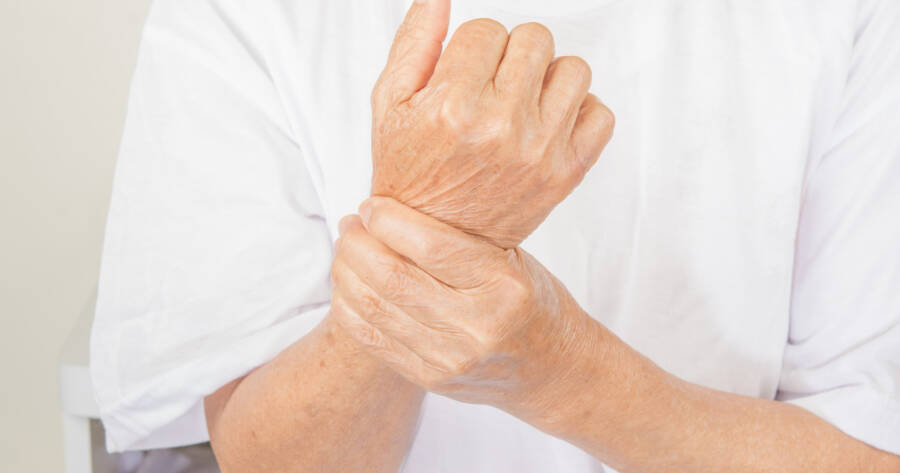If you have psoriasis, it’s important to be aware of the first symptoms of psoriatic arthritis, as early diagnosis and treatment can help prevent joint damage and improve your quality of life. Consulting a healthcare professional at the first sign of these symptoms can lead to more effective management of the condition.
What is Psoriatic Arthritis?
Psoriatic arthritis is a type of arthritis that causes inflammation and combines arthritis’ swollen, sore joints with psoriasis’ skin symptoms. Psoriasis is a disease that typically causes itchy, scaly, discolored patches to appear on the skin and scalp, explains Healthline. 1 It’s an autoimmune disease, which happens when the body’s immune system mistakenly attacks healthy tissue.
According to WebMD, around 1 million individuals in the United States suffer from this type of arthritis and it affects 30-percent of people with psoriasis. 2 If not treated, inflammation can result in joint and tissue damage over time.
First Signs of Psoriatic Arthritis
Psoriatic arthritis, like other forms of arthritis, can be a tricky condition to diagnose, especially since the first signs of psoriatic arthritis may be gradual and subtle in some patients. In others though, symptoms may be sudden and dramatic, says the Cleveland Clinic.
This condition can be mild, affecting only one joint, or severe, affecting multiple joints, and not all patients experience the same symptoms. The same source lists the most common symptoms of psoriatic arthritis as joint pain, tenderness, and swelling, joint stiffness, and reduced range of motion in affected joints.
Pain in the Lower Back, Foot and Elbows
According to WebMD, approximately 20-percent of people with psoriatic arthritis experience joint inflammation between the vertebrae, known as spondylitis, and inflammation of the sacroiliac joint. 3 Severe cases of these conditions may result in joint fusion.
Treatment: Medication
To treat psoriatic arthritis, there are various types of medications available both over-the-counter (OTC) and prescription. According to the Arthritis Foundation, nonsteroidal anti-inflammatory drugs (NSAIDs) are commonly used to relieve pain and reduce inflammation. 4 Meanwhile, corticosteroids are powerful anti-inflammatory drugs that can be taken orally or through injection into a joint.
Therapies
To ease pain and improve daily functioning, the Mayo Clinic suggests trying physical and occupational therapies. 5 Ask your doctor for referrals to these healthcare professionals. Massage therapy may also provide relief. In cases where inflammation is severe, the source adds that steroid injections into an affected joint may help reduce it.
